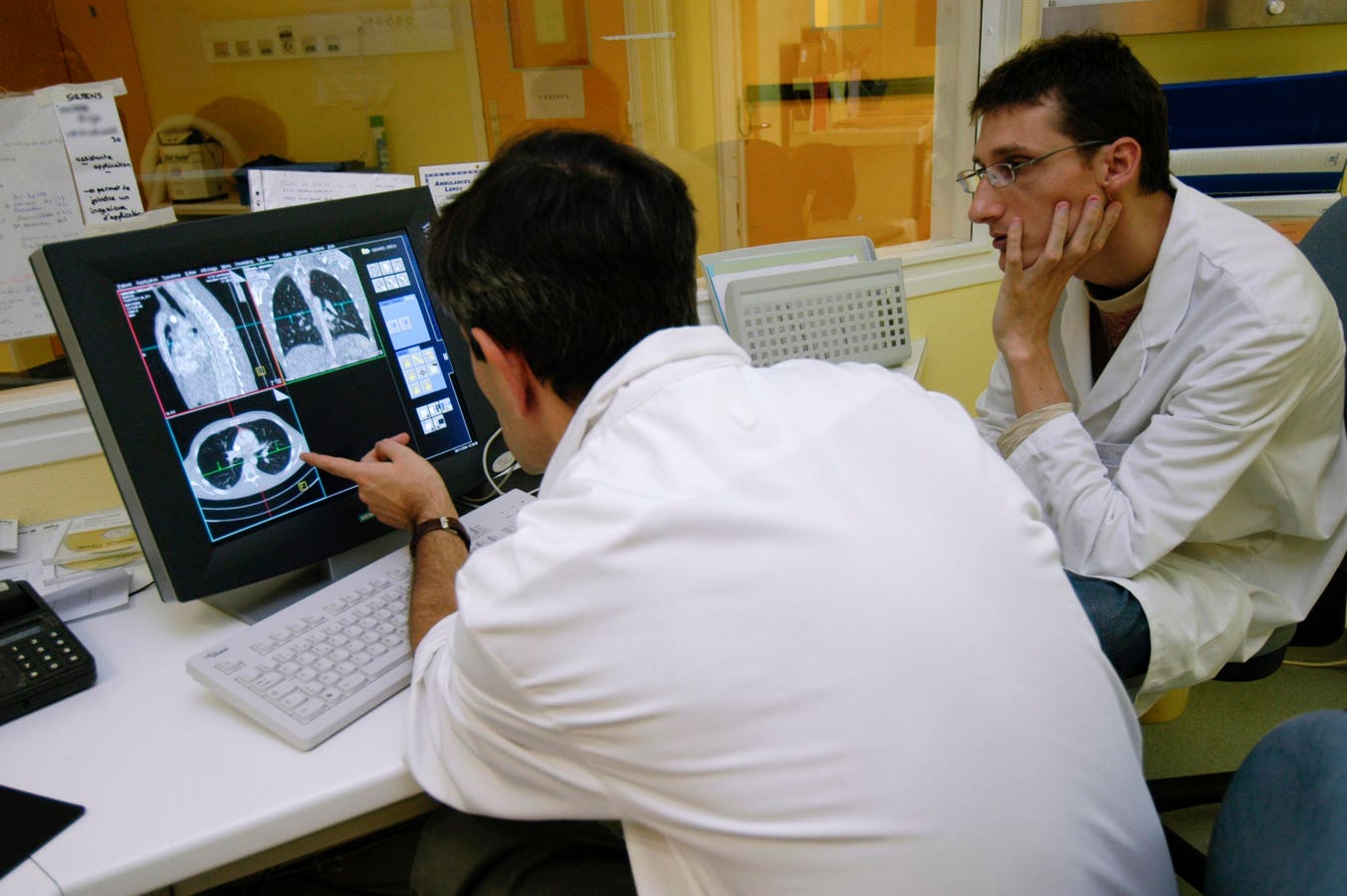November is Lung Cancer Awareness Month, but the lack of awareness about the disease has made it one of the most common cancers in America, causing more deaths than any other type among both men and women. More than 127,000 Americans will die from lung cancer this year, according to the American Cancer Society.
Yet, it’s often undiagnosed due to low rates of testing. According to the American Lung Association, 44% of lung cancer cases are caught at a late stage, when the survival rate falls to just 7%. Conversely, 26% of cases are diagnosed at an early stage, when five-year survival rates are 61%.
Given lung cancer being the most common cause of cancer death coupled with a large percentage of cases being diagnosed at a late stage, prevention with screening becomes paramount.
Who Should Get Screened?
Guidelines for those that should be screened for lung cancer were recently updated by the American Cancer Society. If you are between the ages of 50 and 80, currently smoke or used to smoke and have a 20 or more pack-year history of smoking, you should be screened. A 20 pack-year history means smoking an average of one pack of cigarettes a day for 20 years. Similarly, smoking an average of 4 packs of cigarettes a day for five years would also constitute a 20 pack-year history.
How Do You Get Screened?
Low dose CT scan of the chest is the only method to screen for lung cancer and is done annually for those that qualify and are at high risk. This study is a special type of x-ray that takes pictures of your lungs while you lie flat on a table that slides through a machine. The entire study takes about two minutes to complete, and images are sent to a radiologist physician for interpretation almost instantaneously.
This particular study delivers about 1 to 4 millisieverts of radiation to your body, which is four to five times less radiation that a standard CT chest exam would deliver. This is equivalent to the same amount of radiation one would receive from background exposure in the environment for six months, exposure that all humans receive while out in the sun.
What Are The Risks Of Getting Screened?
There are few risks of getting screened. A false-positive test result can occur, which means a lung cancer is diagnosed when in fact none exists. False-positive tests can lead to further unnecessary tests, procedures and even treatment. The false-positive rate for lung cancer screening with low dose CT was reported to be 13%, according to one study in the journal Academic Radiology.
Overdiagnosis is another risk, which means the screening test detects a lung cancer that may have never caused a problem for the patient. Treatment may be initiated that would never have been needed to begin with.
Finally, a small amount of radiation is delivered to the patient, and repeated yearly studies may in rare instances result in a radiation-induced cancer.
Does Screening With Low Dose CT Save Lives?
Screening with yearly low dose CT scans can reduce lung cancer deaths by up to 20% among high risk populations and prevent up to 12,000 deaths per year, according to the American Lung Association.
Despite the benefits of annual screening, screening rates remain low among those at highest risk for cancer. In America, only 5.8% of those eligible to get screened are getting the study that could potentially save their lives.
This means that more than nine in 10 individuals who should get screened for lung cancer are not getting screened. This provides an enormous opportunity for physicians, public health experts and media personnel to educate the public on prevention measures that literally could be the difference between life and death.
Read the full article here





